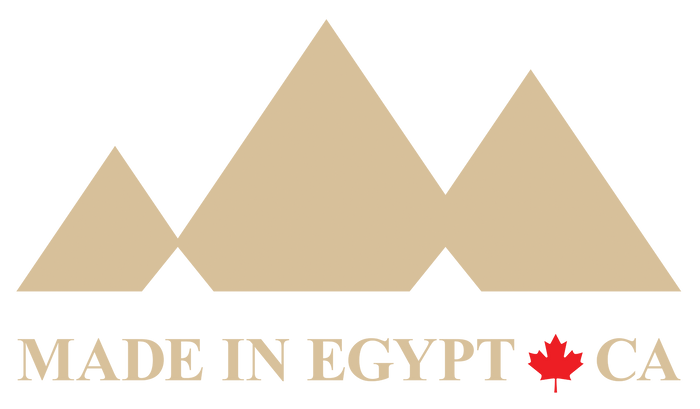Canadian Business | Family Owned and Managed
Weaving methods (Percale vs Sateen)

Weaving is a method of textile production in which two distinct sets of yarns or threads are interlaced at right angles to form a fabric or cloth. The way the warp and filling threads interlace with each other is called the weave.
What is Percale?
Percale is a weave of fabric with a simple basic criss-cross pattern. This creates a uniform pattern that exposes the maximum surface area of the yarn on both sides, producing crisp sheets. The yarns go one-under-one-over, creating a tight-knit smooth, neat and durable structure. Percale sheets have a crisp quality and get softer with each wash.
What is Sateen?
The sateen weave pattern is one yarn under, three yarns over or one under four over; this pattern maximizes the visible threads on the top side, giving it a silky feel, making it wrinkle resistant, and ultimately results in a material that is smooth to touch and a sheen that radiates luxury.
It gives sleepers a satin-like feel without being slippery or costly like silk. These sheets have a definite right and wrong side when making the bed. Sateen is more tightly woven hence, heavier in weight than percale. It’s generally more expensive and feels softer to the touch.
Percale is light, durable and has above-average breathability, whereas sateen is softer, heavier, warmer and wrinkle-resistant.



